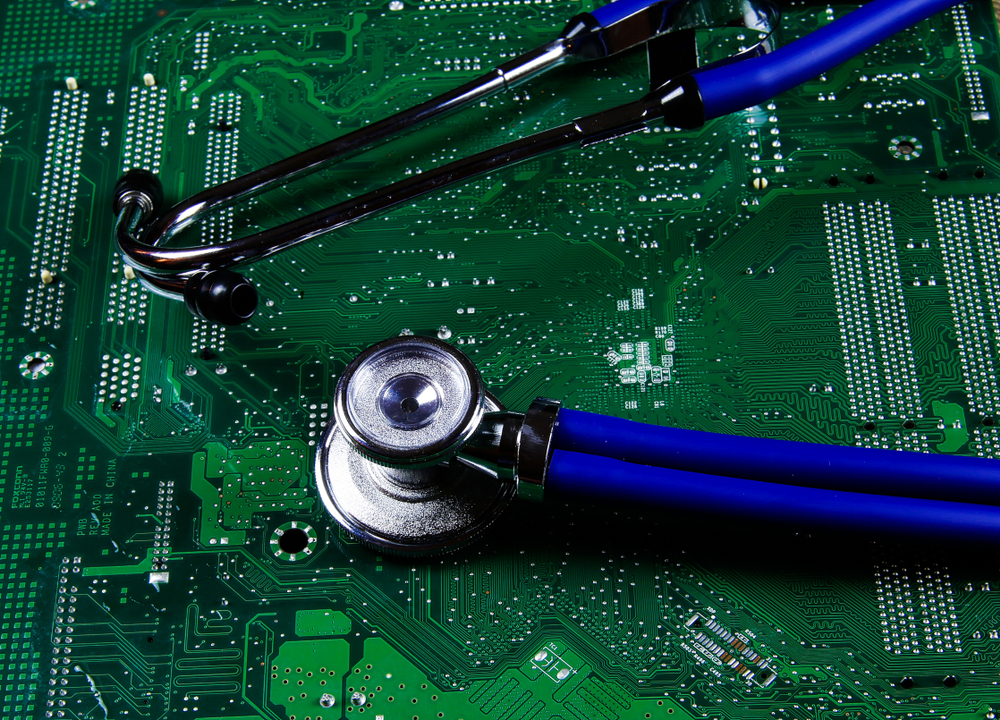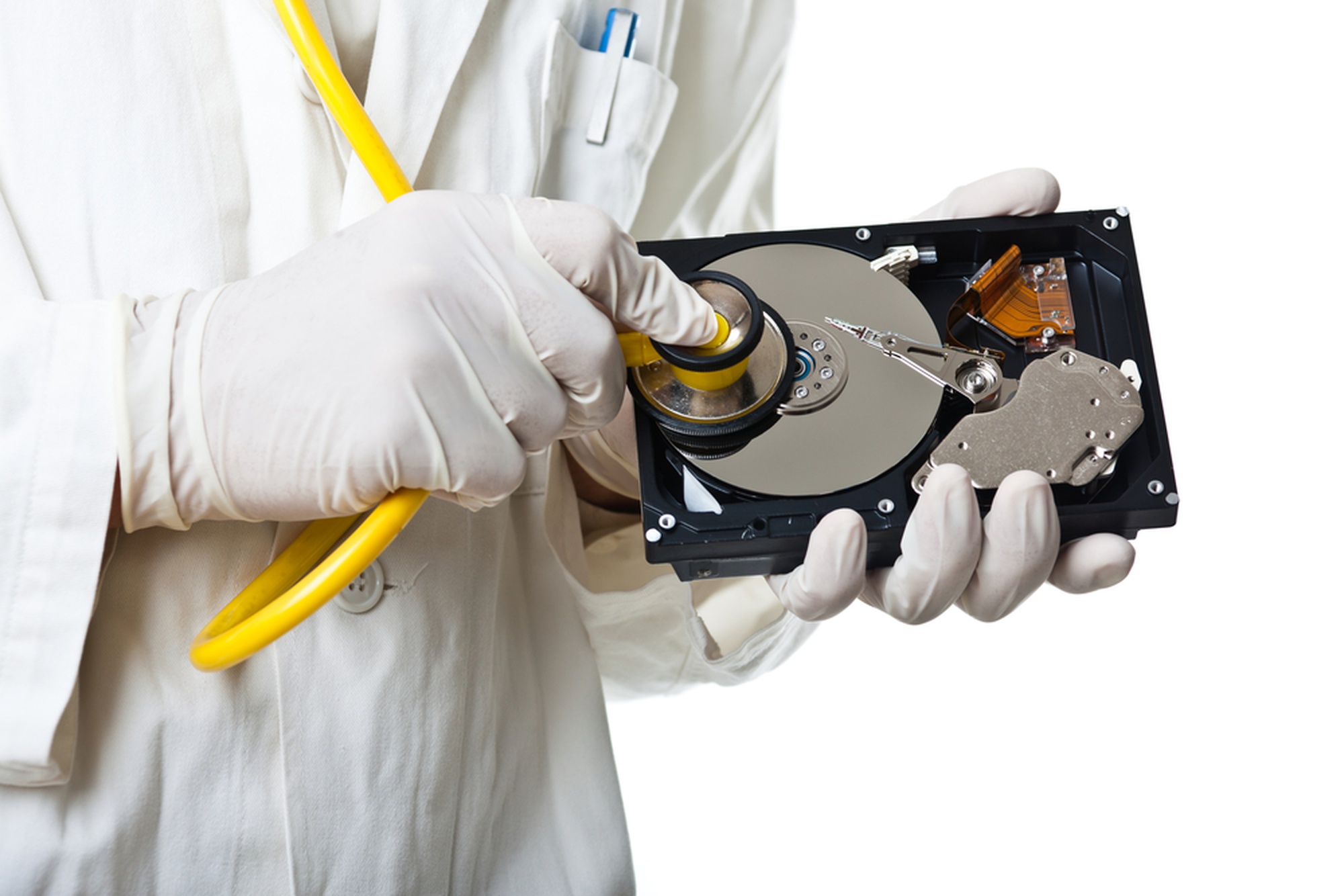The explosive growth of the amount of healthcare data offers many opportunities for medical organizations. With the right health data management, they can get valuable insights, improve preventive medicine, and provide better patient care. At the same time, healthcare providers face the challenge of how to keep medical information accurate, updated, and secure.
We, at Demigos, specialize in healthtech development and can help you explore new, more effective ways to store, access, retrieve, and manage data to harness its full potential. This article will give you answers on how to store and manage healthcare data and what benefits you’ll have by doing it correctly.
Health data management benefits

Health data management is a process of collecting, storing, retrieving, transferring, and protecting data. It enables healthcare providers to assess medical information and use it to find actionable insights. But that’s only one side of it. Let’s take a closer look at other benefits and opportunities that effective healthcare data management can bring to medical staff and patients.
Coordinated health care
The importance of medical data management lies in the ability to access and share patients’ health records — irrespective of the location where the healthcare services were provided. Correct and relevant data transferred securely between healthcare providers guarantees prompt service and accurate medical treatment.
Lower operational costs
Better data management can help cut down healthcare expenses. For instance, a centralized health data management system hosted in the cloud can reduce costs in several areas, including data administration and hardware maintenance. It saves clinicians’ time, too, as they no longer have to deal with duplicates or consult several data sources to find the necessary information.
Better data analysis
Proper data organization and health information exchange (HIE) can become a foundation for adopting innovative technologies like AI. For instance, machine learning can aid in analyzing patient records and identifying health trends in certain areas or population groups.
It can also help healthcare providers build a comprehensive view of patients’ health conditions and take preventive action if needed. These can range from personal health recommendations to global proactive measures to counter rising health issues.
Improved patient experience
Patients can also benefit from improved health data management. When all their data is readily accessible, they won’t have to do things over and over again — for example, fill out the same forms or undergo the same medical tests.
Centralized storage also gives patients wider access to their health information. Increased transparency can boost patient engagement and improve record accuracy.
Proper data collection, storage, and management — healthcare facilities should focus on these three things to benefit from all the data they collect. Let’s look at the actions healthcare providers can take to master their data storage and management.
Data management best practices for hospitals

Each day, hospitals get heaps of data from medical records, scan results, patients’ tests, surgery reports, agetech solutions, and remote health monitoring systems. Here are a few tips your medical institution can use to improve hospital data management.
Think of data governance
To store the gathered information properly, you need to develop a data governance strategy. It covers processes, technologies, and people required to gather, store, and protect each segment of data. Try taking these steps:
-
Categorize and classify your file system to identify and tag sensitive personal health information (PHI)
-
Track access permissions for each user
-
Clean up stale data regularly
-
Bring together a data governance team to keep abreast of federal health IT requirements and changes
Having a well-designed governance strategy in place will allow you to quickly access the type of data you need and respond to regulatory changes with ease.
Monitor data quality
Errors and inaccuracies in healthcare records can result in insurance claim denials, unnecessary diagnostic tests, or incorrect treatment.
The best way to monitor the quality of data is to employ solutions that can:
-
Cleanse and standardize data
-
Identify and remove duplicates
-
Validate manual input, correct typos, and flag discrepancies or potential mistakes
-
Match data collected from various sources
The most effective way to achieve this is to use AI technologies. While they cannot fill out data gaps, they can flag them for clinicians who will add the missing information.
Leverage automation
CAQH, the healthcare industry research organization, found that the US medical sector alone had already saved $122 billion annually by automating administrative transactions. There is room to avoid an additional $16 billion by entirely streamlining certain routines and moving to fully electronic transactions.
But digitalization is necessary not only to cut expenses but also to enable effective healthcare data management. In general, a healthcare organization can benefit from implementing a wide range of solutions, from medical billing and coding software to patient engagement systems.
Boost interoperability
Sophisticated healthcare data management is hardly possible without interoperability or the ability of medical institutions to exchange, interpret, and use data cohesively. Interoperability has several benefits:
-
Less need for repeat testing
-
Fewer inadvertent treatment cases
-
Fewer cases of miscommunication
Adopting Fast Healthcare Interoperability Resources (FHIR), an open-source standards framework, can help healthcare providers structure their health, financial, and workflow data. Different computer systems or applications can interpret well-structured data easily.
The scalability and interoperability of data largely depend on how you store it. So let’s look at healthcare data storage options and what they can offer.
Data storage options for hospitals

Health data storage is critical for successful data management. Healthcare organizations might use on-premise or cloud solutions or a combination of both. Here are five healthcare data storage options to help you handle an ever-growing data pull.
Storage area networks (SAN)
A SAN is a high-performance network of storage devices that multiple servers or computers can access through dedicated fiber channel pipelines. SAN allows transferring medical images and data directly from storage to workstations without bogging down existing hospital servers. This helps to:
-
Avoid latency issues
-
Ease bandwidth burden
-
Speed up data transmission
-
Improve workflows within hospital departments
SAN will perform best if there’s a separate, private Ethernet network between the server and clients. It will keep the file request traffic out of the fiber channel network and provide almost real-time access to the picture archiving and communication systems (PACS).
Network-attached storage system (NAS)
While a SAN is a local network of multiple devices, NAS is a single storage device that provides data access to all the devices on the network. It allows hospitals connected to the local area network (LAN) to retrieve data from centralized disk capacity using an Ethernet connection.
Hospitals get the following benefits with NAS:
-
High-performance data exchange
-
Strong access control and security
-
Data resiliency provided by RAID arrays
-
Easy setup and deployment
Hospital networks with large volumes of corporate data use NAS to support collaboration between their units.
External storage devices
Statistics show that 62 % of mid- to low-level hospitals use SSDs, tapes, and disks for storing healthcare data, including radiological images, insurance claims, and even electronic medical records (EMR). However, these easy-to-use, no-setup storage devices are a juicy target for hackers. Encryption is a must unless you want to end up like Cedar Springs Hospital that lost an unencrypted portable storage device with their patients’ PHI in October 2020.
SSDs are great for data backups. But used as primary storage devices, they isolate data and make it inaccessible for electronic HIE.
Outsourced storage solutions
Keeping all those volumes of data on the on-premise storage facilities, you’ll run up a hefty bill for hardware and personnel costs. Moving to servers managed by other companies off-site can help cut operating costs. Stats show that 93% percent of hospitals consider outsourcing IT infrastructure and data centers in 2021, and 96% — database management and analytics.
Yet, avoiding high costs isn’t the only reason healthcare institutions choose outsourced storage solutions. Many vendors offer HIPAA, HITECH, and PCI DSS compliance, so hospitals take that burden off their shoulders to protect PHI and minimize the risk of healthcare data leakages and fines.
Cloud data storage
Hospitals migrate data to the cloud to cut costs on maintaining on-premise physical data centers. This also lets them be more flexible with the server space they purchase. No wonder that the healthcare cloud computing market is expected to reach around $40 billion by 2026, growing by 14% each year from 2019 to 2026.
Apart from saving costs, moving to the cloud offers:
-
Faster, safer, and easier HIE
-
Government regulations compliance and data safety
-
Quicker backup and recovery
-
Automated back-end operations
-
Easy expansion options
That said, healthcare data migration to the cloud is not a magic pushbutton that can solve any challenges of data storage in healthcare. The explosive growth of data pushes healthcare companies to rethink their infrastructures and storage options. Let’s talk about the issues that may stand in their way.
Data storage challenges of the healthcare industry

The global healthcare data storage market reached $3.08 billion last year and is projected to grow by 10.7% annually to surpass $6.12 billion by 2027. At the same time, storing and maintaining large volumes of healthcare data wasn’t what the industry was ready for. Healthcare providers often face multiple health data management challenges, and here is why.
Need for larger infrastructure
Massive digitization of the medical industry brings about massive data generated daily by all parts of the healthcare chain. Physical data centers may not be the right size to cope with that load and support industry transformation and effective data management. What’s more, they require expensive hardware and on-premise facilities to host the servers.
Maintenance costs
On-premise data storage provides full control over the data, but it often comes with high capital investments and operating costs. You must:
-
Buy computer equipment
-
Do regular maintenance and upgrades
-
Pay for electricity and cooling
-
Make disaster recovery arrangements
You will also have to hire experts to troubleshoot and ensure that your server hardware is always up. And that comes with a bill of its own.
Data security issues
Using on-premise data infrastructure may seem a secure option for storing PHI and other highly sensitive data as it resides on the local network. That’s right — but only with regular maintenance, reliable antivirus software, encryption, and multi-factor authentication. If data is not well-protected, data leakages are hard to avoid.
For example, a six-month investigation into NAS and Digital Imaging and Communications in Medicine (DICOM) discovered that over 45 million medical images and related PHI were exposed on more than 2,000 servers across many countries including the US, the UK, France, and Germany. Researchers say that in some cases, system login portals were accepting blank usernames and passwords.
Read also: Impotrance of Data Security in Healthcare
Lack of scalability
On-premise data storage isn’t flexible enough to be scaled when you need it. Every upscale comes with a burden: you must arrange extra physical space, buy hardware, deploy software, install cooling systems, and so on. To keep up with the data growth, healthcare organizations need to continually invest in on-premise storage maintenance.
So how to store healthcare data to comply with regulations and be ready to upscale at any time without spending all of your company’s budget? The answer is choosing a cloud or hybrid solution.
A recent analysis by Allied Market Research shows the growing popularity of hybrid data storage solutions that offer a double benefit of both on-premise and cloud storage. This way, healthcare providers can be flexible and move workloads into the public cloud and back again.
Leverage new ways of health data management with Demigos
The proper data storage and management in healthcare can help the industry move forward with preventive initiatives, improve the quality of care, reduce costs, and grow patients' engagement. Yet, better data management isn't possible without upgrading and reviewing software solutions an organization uses for this purpose.
To keep up with the current data challenges, healthcare providers should consider moving to the cloud or using hybrid storage solutions. Both options require a reliable partner to ensure a smooth and secure transition process.
Building complex healthtech products for more than five years, Demigos can help your company optimize its data management and embrace the power of the cloud. Contact us today and let your data work for you.






